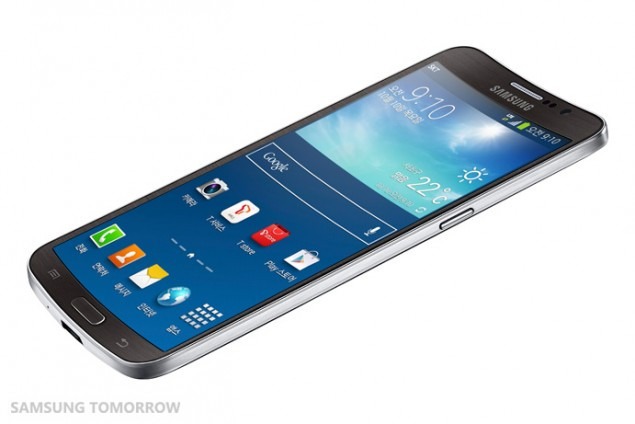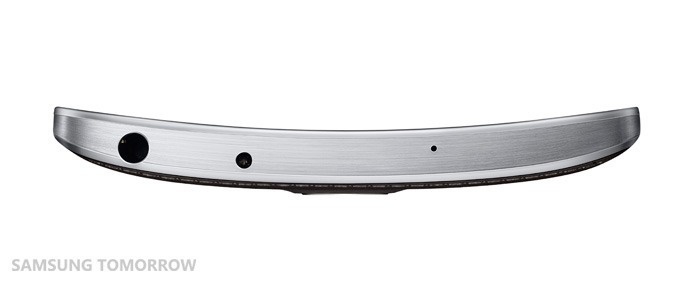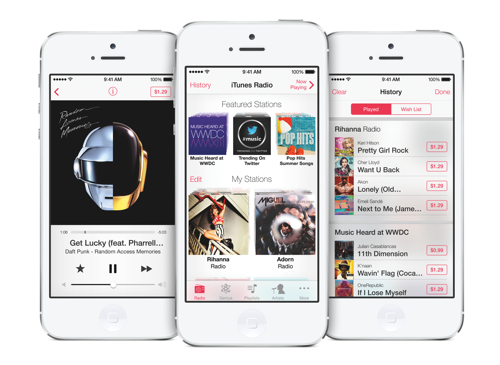Do you remember your first cell phone? It was probably way back in high school, it didn’t have many more features beyond a keypad, and you fondly referred to it as a “rock”. Before smartphones became the norm, cell phones came in all sorts of shapes and sizes, from small unobtrusive flip-phones to the more unique variants. However, with the advent of touchscreens, the minimalist black rectangle became the norm for every new phone, and while some iterations have attempted to stand out with different case colors, the shape of the phone has taken a backseat to the internal components, the faster processor, the better camera, etc.
However, Samsung might have just changed the game. The South Korean mobile giant has slowly been gaining on Apple in the high-end smartphone market, and their new offering might just put them over the top. On October 10th, the Galaxy Round, the world’s first curved-screen smartphone will become available in Korea. The device has a slightly rounded 5.7-inch, 1080p Super AMOLED screen, curved to fit comfortably in your hand.
This in and of itself is not the game changer, but rather a stepping stone to the next generation of flexible screen mobile devices. Samsung has released a concept video showing the possibilities for flexible screen devices, including combination smartphone/tablets with folding screens, and something that can only be described as a roll-out tablet. Check it out below:
What Sparks Our Fire: The application of revolutionary technologies to the devices we use every day.
Do you think Samsung’s use of this technology will make them the top contender in the smartphone game?





